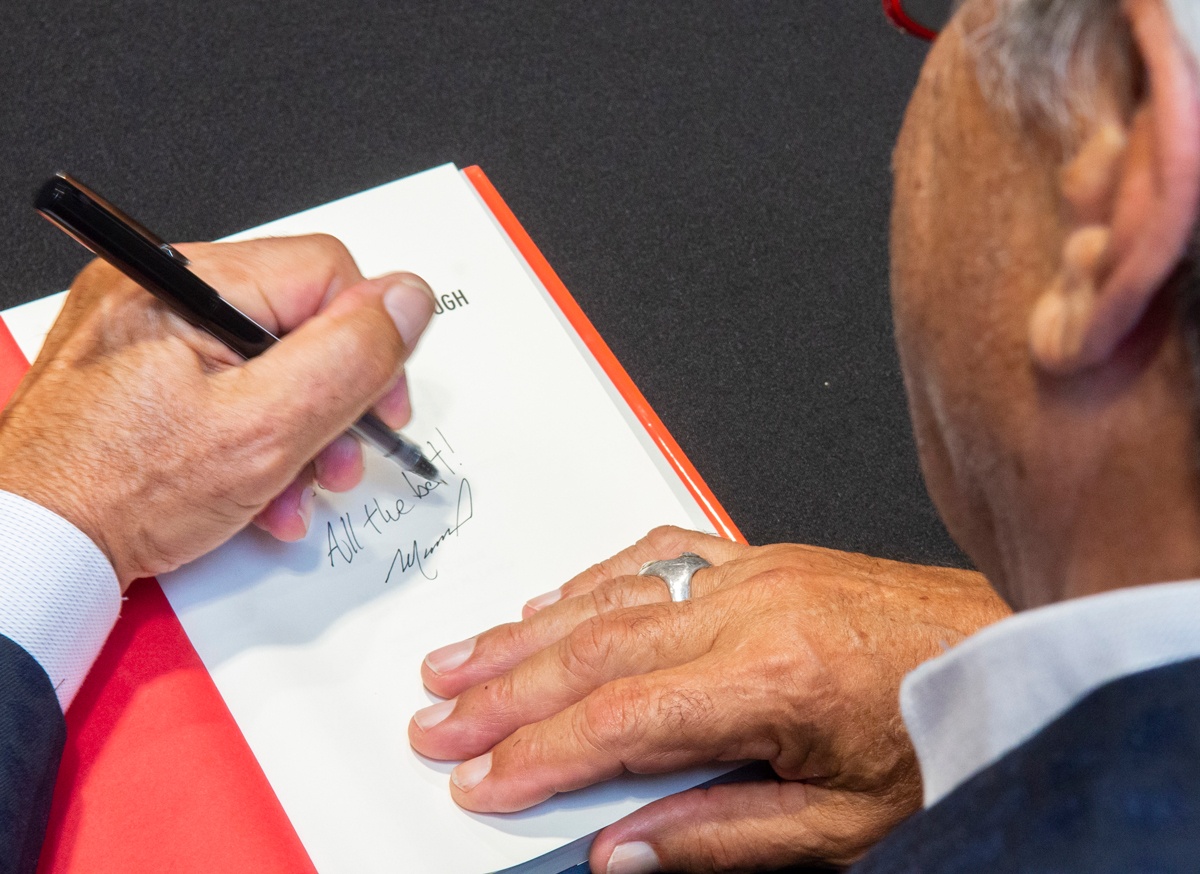
Why Reading Is Important To A Strong Business Plan
Reading has always been instrumental to my business development.
During my time in business, I took to reading a number of business and history books, looking for new approaches and ideas. When I built Great American Cookies, David Halberstam’s The Reckoning was influential. The book argues that the shortsightedness of the Detroit automakers paved the way for Japanese domination of the market.
What does a book about manufacturing cars have to do with selling cookies? The answer is: everything.
Halberstam’s focus on Nissan and their Z car was particularly illuminating. In the 1960s, Nissan built a clay prototype of what would become a revolutionary new sports car. Then, in 2001, Nissan president Carlos Ghosn summed up the power of the Z. “The fall of 1969, Nissan introduced a two-seat sports car that revolutionized the automotive world at the time. It had European styling, American muscle, Japanese quality and global desirability.” But Nissan did not just add the Z to their existing line of cars. They used it to change the whole company. While they continued to sell the Datsun 2000 for another year, they used the Z car to elevate customers’ expectations. This helped Nissan replicate the Z’s quality and advanced technology in future models.
Reading about how Nissan used the Z to change their entire operations informed our process with Great American Cookies. We were not going to compete with ourselves by selling old and new cookies. Our team made sure that everything we sold was great.
Breaking the Monarchy
Halberstam’s book also drew attention to a problem that I never thought about. Most American businesses at the time structured themselves as rigid hierarchies. The top leadership are mainly isolated from the hourly workforce. They function like a king or queen with everybody below them. A few top managers have access to the royal family, but nobody else.
After I read that, I realized that our business was based on this antiquated model. We had hundreds of people in the field—franchisees, store managers, district managers, regional managers, and store employees— and I wanted each of them to know that they could call me with an idea or a complaint. I had to break down the employer-employee barrier.
My Bible
While working on transforming Caribou, I read many business books to hone my thinking about what the company needed. Execution: The Discipline of Getting Things Done, by Larry Bossidy and Ram Charan was the most helpful. The book first published in 2002, and it soon became my bible. I distributed copies to my leadership team, and we constantly referred back to its core message. We held a one-day retreat to discuss the book, because I wanted to make sure everyone understood its core message. I was telling them much of what the book said, but I knew they needed to hear it from another source.
Bossidy and Charan start with a simple question: Why were forty CEOs at top companies such as Aetna, Hewlett-Packard, Compaq, and Xerox recently fired? Why did these smart, capable people fail to produce results? In trying to provide answers, the authors realized that execution bridges the gap between what leaders try to achieve and their company’s ability to deliver it.
Bossidy and Charan explain that most companies make a mistake when they assume that execution is a single event, not an ongoing process. It is not something to be delegated to vice presidents and directors while the CEO is working on “bigger” issues. Execution is the “big issue.” It has to become part of a company’s DNA. It has to touch every aspect of the company or organization, from mission, strategy, and values to hiring, product development, production, sales, and service. Execution has to live inside the company, permeating its cultural fabric, and thus motivating employees constantly to seek ways to improve.
My Writing Journey
Because books have informed the way I conduct business, writing my own memoir, Time To Get Tough, was a logical next step to share the knowledge I gleaned over the years. But when I started thinking about writing my own book more than twenty-five years ago, I always hit a wall. One day in February 2016, I finally sat down at my computer and wrote a simple question: “What is keeping me from doing this?” My answer was: “I keep waiting to have other experiences to share that might be valuable to a reader.” That seemed ridiculous, because if I waited much longer, I would be either dead or unable to remember anything. And I’m so glad that I started this writing journey.
Thank you for reading!